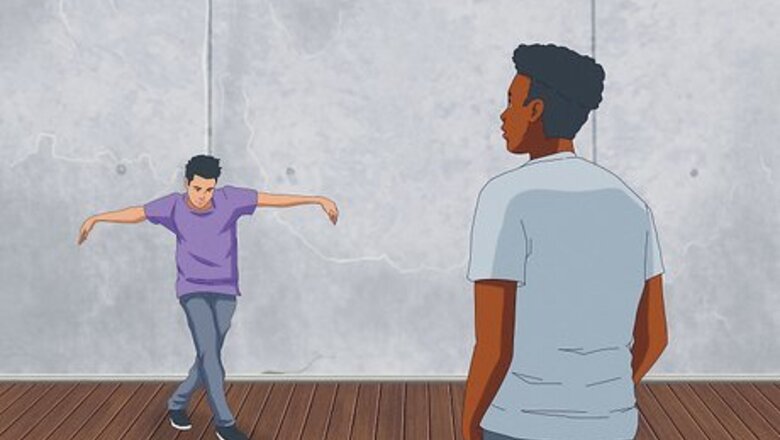
views
Learning the Choreography
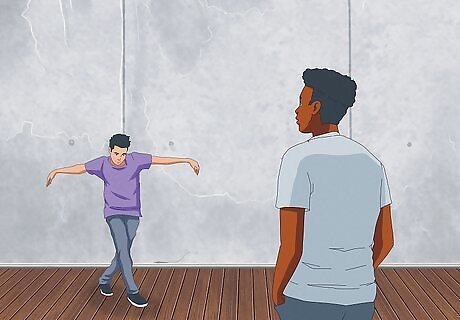
Watch someone else do the choreography first. You might be learning the routine from a choreographer in person, or online. However you’re learning it, watch the whole routine a few times first. Having it in your head before you start trying it yourself can help you remember it.
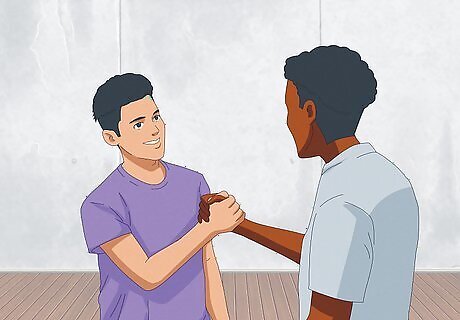
Ask questions while you learn. If there’s a bit of the choreography you’re unsure of, ask your instructor about it. Ask them to perform that part only, but more slowly. You can’t memorize choreography you don’t know in the first place. For example, if there's a section of the choreography you just can't follow, you can say something like "Could you repeat the sections with the multiple spins, but more slowly? I'm having a hard time watching your feet and see how that section is connected to the section before."
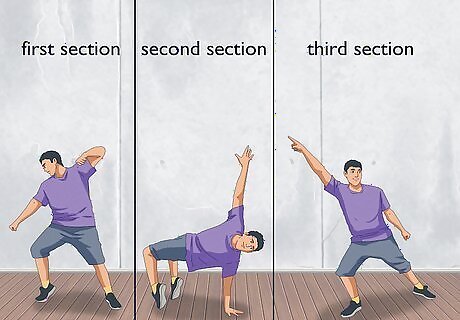
Divide the choreography into chunks. Most dance pieces have distinct sections or tell distinct parts of the same story. Divide your dance into these sections and work on one section at a time. It’s easier to remember three short sections than one long dance. Learn one section until you know it well, then move on to the next. You don't necessarily have to learn the sections in order. If there's one section that seems pretty easy and something you can learn quickly, do that one first. Just make sure you eventually put all of the sections together in sequential order.
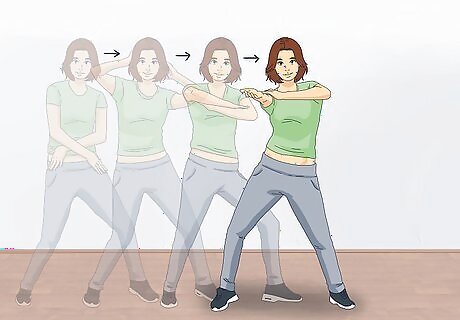
Move through your choreography slowly. It’s tempting, when you’re learning a new dance, to want to jump right in at full speed. Instead, move through each step of the choreography more slowly than you’ll perform it. It helps you to really learn it and commit each step to memory.
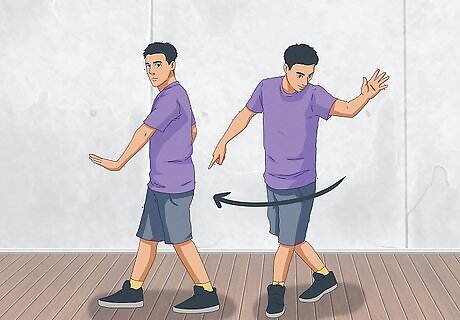
Develop internal cues. It can be easy to match certain points of the choreography with where your feet land in rehearsal, or how you’re aligned with something in your home or studio. But it’s likely that you won’t be performing in those areas. Instead, develop cues that relate to your body as you learn the choreography. For example, say that you have a very heavy step to the right, just before you have to complete a difficult spin. Use that heavy step to remind yourself that the difficult spin comes next.
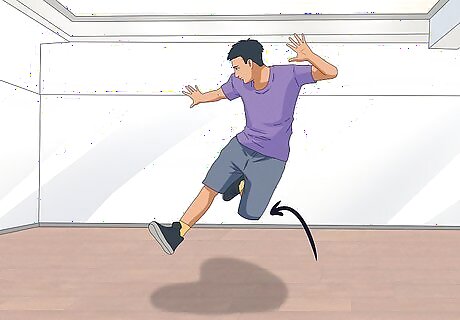
Name difficult movements. If there are movements in your choreography that don’t have formal names, make up your own. Something like “jump-jump-spin-turn” might not make sense to everyone, but it can help you remember that series of movements.
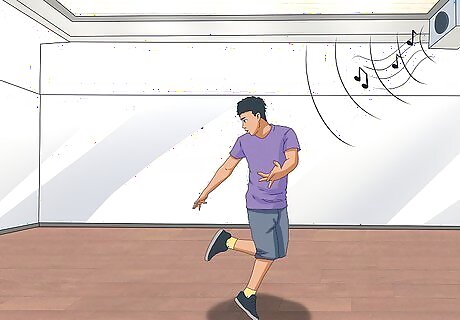
Connect certain moves to the music. If there are strong beats in the music, or a section of melody that sticks out, you can use them to help you learn the choreography. Connect the movements to the cues in the music.
Practicing the Choreography
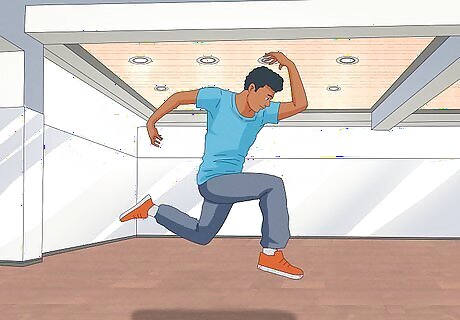
Repeat the choreography over the next few days. After you learn the choreography, practice it immediately on your own. Then give yourself about 10 minutes and practice it again. Then practice again the next day, and a few days later. This pattern or repetition can help you memorize almost anything, including choreography. As you practice, trust your body to remember what you’re doing. Our muscles have a sort of memory of their own, and they can help guide your body even when you don’t consciously remember what’s next.
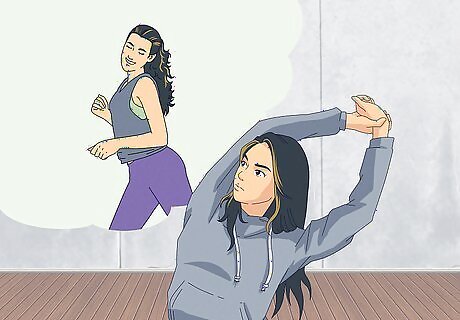
Practice the choreography in your head. Even if you’re somewhere that you can’t actually practice the choreography, run through it in your head. Run through the choreography, in order, at times that you are calm and relaxed. You can do this before bed or first thing when you wake up.
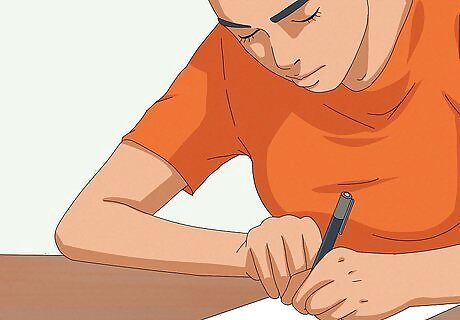
Write down your choreography. Start with a blank piece of paper and write down all of your moves, in order. You can use the actual formal names of the moves, or your own made-up names. Write it down more than once. It’s a form of practicing the choreography without actually doing it.
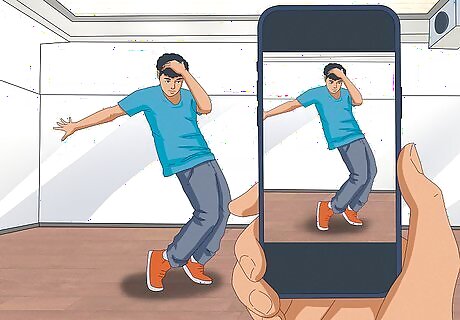
Videotape yourself to see where you're making mistakes. If you can, practice the dance in front of a mirror. If you don’t have a mirror, videotape yourself. Learn how your body looks as you practice the choreography. This gives you a chance to reflect on your practice without relying on watching other people, who might not do the move exactly as you do.
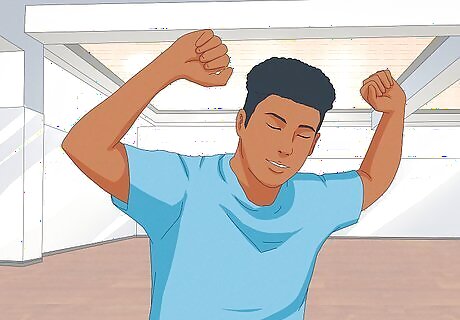
Focus on the emotion behind the dance. If you spend too much time in practice focused on what your body is doing, it might show on your face. As you practice, make sure you connect with the emotion of the song – does it feel sad? Upbeat? Calm? Think of those emotions as you move. Knowing what emotion comes next can also help you memorize the dance.
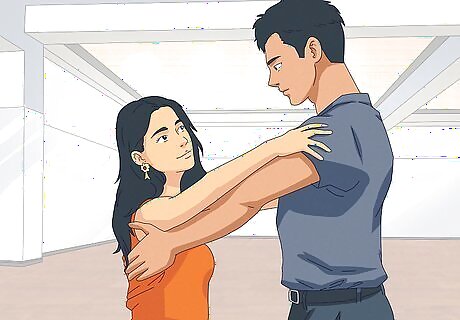
Learn choreography for a partner dance together. If you're in a partner or group dance, you'll want to learn all of the choreography together. You might always be moving in the same ways or at the same time, but your moves will need to work together.
Memorizing Choreography When You're Short on Time
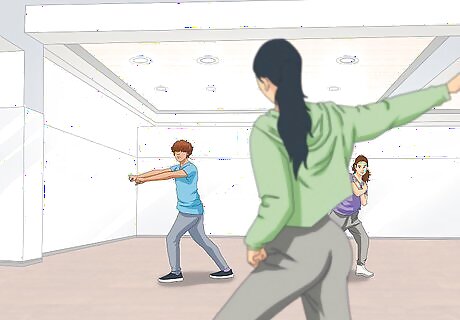
Start moving right away. If you don't have much time to learn the routine, don't spend a lot of your time just standing and watching the choreographer multiple times. Instead, start copying the moves right away, getting as much of the dance into your body as quickly as possible.
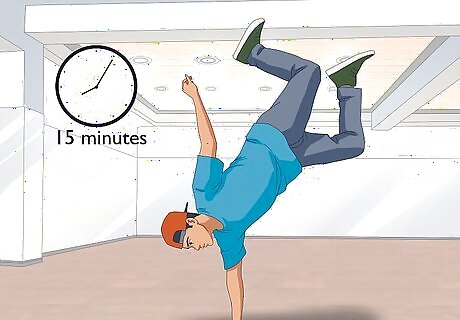
Don't linger over individual moves or combinations. If you're having difficulty with one particular move or set of moves, move on as quickly as possible. Accept that if you're crunched for time when learning the choreography, you might not be able to learn all of it perfectly. Instead, give yourself a set amount of time - maybe 15 minutes - to spend on difficult spots and then move on.

Take a break and just watch. Although you should start moving immediately when you're leaning new choreography, sometimes you need a little break. If there's a particular section you're struggling with, stand still and just watch the choreographer. You might pick up on something the choreographer isn't actually saying out loud.
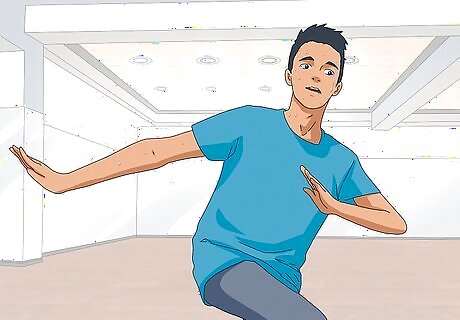
Practice as much as possible. If you're under a time crunch, you don't have the luxury of taking a few hours or few days off before you practice again. Instead, practice, practice, practice. The more you practice, the more your body gets used to the choreography, and the quicker you'll learn it.
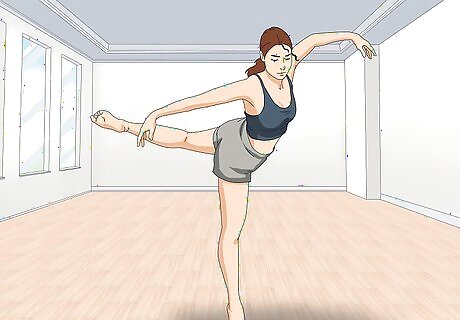
Expand your dance vocabulary. If you know a lot of different moves from a lot of different types of dance, you can pick up whole choreographed routines much more quickly. You won't have to worry about learning a new move, just to put moves you already know together.




















Comments
0 comment